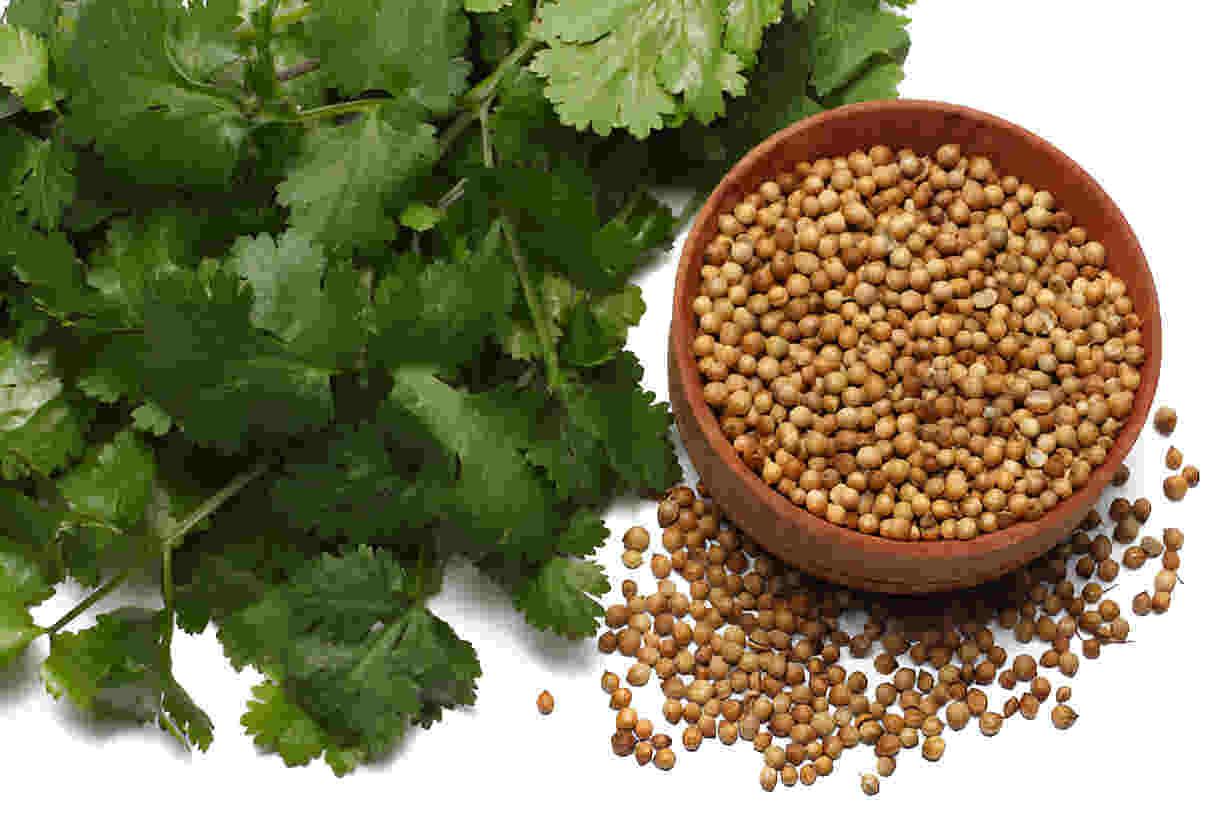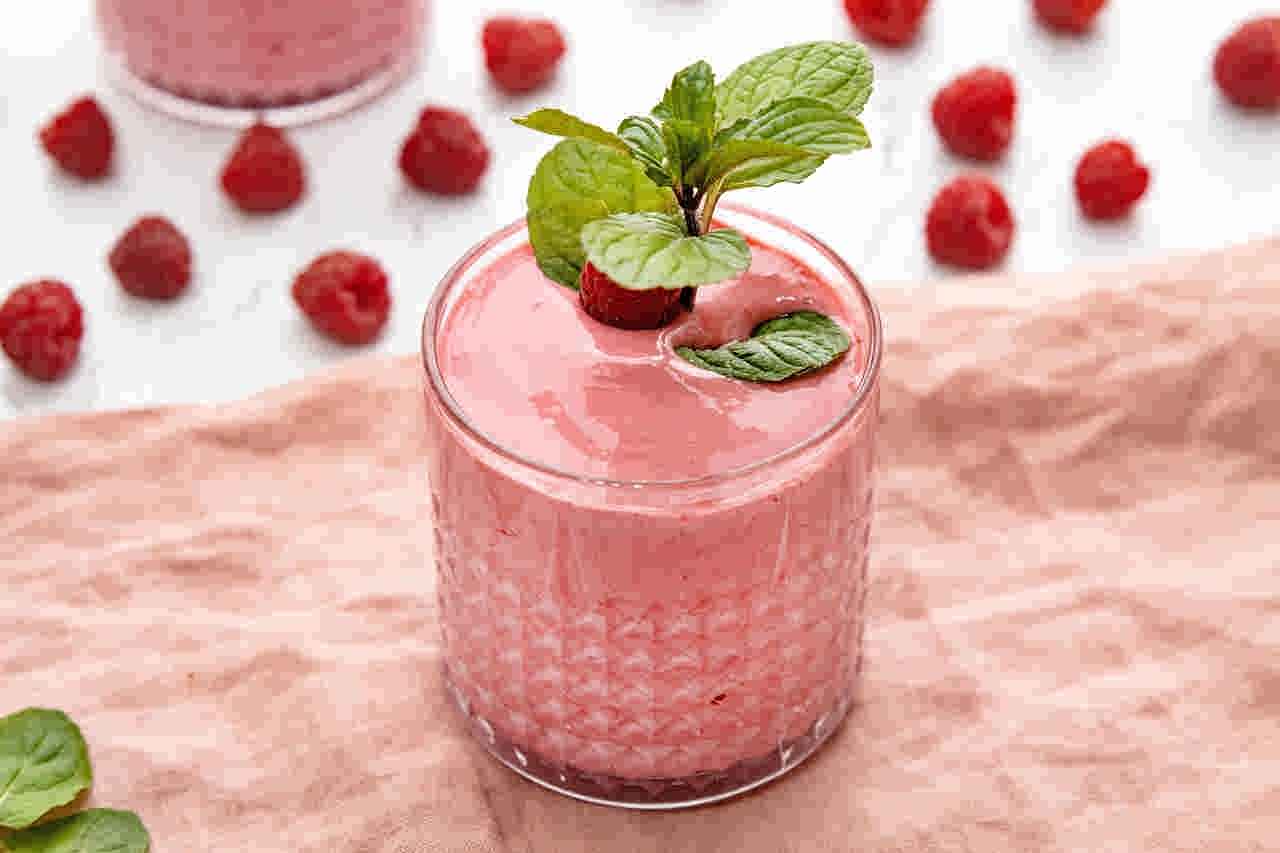If there’s one herb that quietly does more than it gets credit for, it’s koriandri. You probably know it by another name — coriander or cilantro — but whatever label you use, this plant is a small powerhouse. It brightens food, supports digestion, and appears in healing traditions around the world. It’s cheap, easy to find, and flexible: fresh leaves add brightness, seeds add warmth, and even the roots have a role in some cuisines.
This guide is a friendly, practical deep dive. You’ll learn what koriandri actually is, why it’s healthy, how to use it in real food and self-care, how to grow and preserve it, and what safety points to keep in mind. By the end you’ll see koriandri as more than a garnish — it’s an everyday ingredient that improves both flavor and wellbeing.
Understanding Koriandri — The Plant, the Parts, and the Names
What coriander / cilantro / koriandri actually is
Koriandri comes from the plant Coriandrum sativum, a member of the parsley family. It’s unusual because different parts of the same plant are used in different ways:
Leaves — called cilantro in the U.S. — are bright, soft, and citrusy. They’re used fresh in salsas, salads, chutneys, and as garnishes.
Seeds — the dried, round seeds are what most people mean by coriander in the spice aisle. Toasted or ground, they add warmth and a lemony, nutty note.
Roots — used in Thai cooking, crushed roots add an earthy depth to pastes and broths.
Coriander vs. cilantro: the naming map
The naming is regional. In American English, cilantro = leaves, coriander = seeds. In British English and many other places, coriander covers the whole plant. Koriandri is simply another regional name used across South Asia. No matter the term, you’re talking about the same plant.
A Short History — How Koriandri Traveled the World
Koriandri has an ancient past. Archeological finds show it was used thousands of years ago in Egyptian tombs and Bronze Age sites. The Romans, Greeks, Arabs, and Asian cultures all adopted it. Traders moved coriander seeds along spice routes, and so it became woven into many regional cuisines — from Mexican salsas to Indian curries to Middle Eastern breads. Its long journey explains why so many cultures build different uses into the same plant: leaves, seeds, and roots all became local specialties.
Nutritional Snapshot — Small Herb, Big Benefits
Koriandri is low in calories but rich in micronutrients and plant compounds. When you use fresh leaves or grind a few seeds into a dish, you’re adding vitamins, minerals, and antioxidant molecules.
Key points:
Vitamins: fresh leaves provide vitamin A, vitamin C, folate, and vitamin K.
Minerals: seeds supply small amounts of potassium, calcium, and magnesium.
Phytonutrients: compounds like linalool and quercetin give coriander its aroma and antioxidant punch.
Calories: very low when you use fresh leaves; seeds are denser but used sparingly.
Because it’s nutrient-dense yet light on calories, koriandri is a smart way to increase flavor and nutrient variety without adding heavy energy load to a meal.
Health Benefits — What Koriandri Can Do for You
A lot of people think of koriandri as just a flavor booster. But across traditional medicine and modern studies, this plant shows several real benefits.
1. Digestion and gut comfort
Koriandri seeds and leaf infusions have been used for centuries to ease digestion. Compounds in the plant can stimulate digestive enzymes and reduce gas and bloating. If you overeat or feel heavy after a meal, a simple coriander seed tea or a fresh coriander chutney can help settle the stomach.
2. Blood sugar regulation
There’s growing evidence that coriander contributes to balanced blood sugar. Extracts from coriander seeds may help the body manage glucose and support healthy insulin activity. For people managing blood sugar, incorporating coriander as a consistent part of a balanced diet may be useful — always alongside medical advice.
3. Heart health
Koriandri contains potassium and antioxidant compounds that support heart health. Potassium helps regulate blood pressure, and antioxidants help lower oxidative stress — both important for maintaining cardiovascular well-being.
4. Anti-inflammatory and antioxidant effects
Many of the plant’s natural compounds reduce inflammation and fight free radicals. That means koriandri may support overall resilience to chronic inflammation — the root of many long-term health challenges.
5. Antimicrobial activity
Coriander’s essential oils have natural antibacterial and antifungal effects. Traditionally, people used coriander to preserve foods and to help manage minor infections. Today, coriander extracts appear in some natural skincare products for their microbial-fighting and calming properties.
6. Skin and hair support
Topically, coriander can soothe minor skin irritations and help manage acne prone skin, thanks to its antimicrobial and anti-inflammatory content. Leaves and oil infusions are sometimes used in hair treatments to nourish the scalp and reduce flakiness.
Culinary Uses — Practical, Everyday Ways to Use Koriandri
Koriandri is one of the most flexible kitchen herbs. Here are practical ways to use every part.
Fresh leaves — quick uses
Chop and toss over soups, grain bowls, eggs, tacos, and rice dishes.
Blend with mint, green chilies, and lemon for a fresh chutney.
Make a quick salad dressing by puréeing leaves with olive oil, lemon zest, garlic, salt, and a splash of water.
Seeds — warm and grounding
Toast whole seeds for a minute in a dry pan until aromatic, then crush and add to curries, stews, or breads.
Grind into a powder to mix with cumin, turmeric, and chili for homemade curry spice blends.
Add whole seeds to pickling brines or to breads that benefit from aromatic spice.
Roots — concentrated flavor
In Thai pastes, crush roots with garlic and chilies for a deep, savory base.
Simmer a few crushed roots in broths for extra aroma.
Small recipe: Quick coriander-mint chutney (4 servings)
Ingredients: 2 cups fresh coriander leaves (packed), 1 cup fresh mint leaves, 1 small green chili (adjust), juice of 1 lime, 2 tbsp plain yogurt or water, salt to taste.
Method: Roughly chop leaves and blitz in a blender with chili, lime, and a tablespoon of water or yogurt until smooth. Season with salt. Use as dip, spread, or garnish.
Beverage: Simple coriander seed tea
Crush 1 tsp coriander seeds, steep in 250 ml hot water for 8–10 minutes, strain, and sip after meals to soothe digestion.
Growing and Harvesting — Easy to Grow, Quick to Love
Koriandri is friendly for home gardeners and works well in pots or beds.
Soil: well-draining, moderately rich soil.
Light: full sun to partial shade. In very hot climates, afternoon shade helps prevent early bolting.
Water: regular watering keep soil slightly moist but not waterlogged.
Sowing: direct sow seeds 1–2 cm deep. Succession sow every few weeks for continuous harvest.
Harvesting: pick leaves early in the morning for best flavor. For seeds, let plants flower and dry on the stalk, then collect.
Tips: Coriander likes cool weather for leaf production and will bolt (flower prematurely) in high heat. If bolting occurs, you can let it go to seed for coriander spice.
Storage and Preservation — Keep Flavor Fresh
How you store koriandri matters because leaves lose aroma quickly and ground seeds go stale.
Fresh leaves: store like cut flowers — trim stems, place in a jar with water, and cover loosely with a bag in the fridge, or wrap gently in a damp paper towel inside a zip-lock bag.
Seeds: whole seeds last much longer than ground. Keep them in an airtight jar away from heat and light.
Ground coriander: buy smaller amounts and refresh every few months. Store in an airtight container.
Freezing: chop leaves, mix with a little water or oil, and freeze in ice cube trays. Use cubes in soups and stews.
Drying: air-dry in a cool, ventilated space or a very low oven; crumble and store.
Koriandri Beyond Food — Skincare, Oils, and Home Remedies
Koriandri’s uses stretch into home care and natural beauty.
Essential oil and aromatherapy
Coriander essential oil — obtained by steam distilling seeds — is used in aromatherapy for relaxation, and in massage blends for sore muscles. It’s potent; always dilute before topical use and use a patch test.
Simple skincare mask for oily/acne-prone skin
Blend a small handful of fresh coriander leaves with 1 teaspoon honey and 1 teaspoon plain yogurt. Apply for 10–15 minutes, rinse gently. The natural antimicrobials can soothe inflammation and gently cleanse.
Natural insect repellent
A homemade spray from boiled coriander seed water, mixed with a small amount of alcohol and a few drops of essential oil, can be used as a household repellent. (Effectiveness varies and is mild compared to commercial insect repellents.)
Traditional and Cultural Roles — A Plant That Carries Stories
Koriandri appears in rituals and folklore worldwide. In some regions it was a symbol of love and protection; in others it appeared in funeral rituals or medicine. Foodways reflect this cultural depth — coriander chutney and salsas show how fresh leaves are core to social meals, while pickles and spice blends reflect long-term preservation and trade history.
Safety, Side Effects, and Who Should Be Careful
Koriandri is safe for most people, but there are a few important considerations.
Allergies and sensitivities
A small number of people are allergic to members of the parsley family and can develop skin rashes, swelling, or respiratory problems after exposure. If you suspect an allergy, avoid using coriander and see a healthcare professional.
Blood sugar — use with caution if on medication
Because coriander may lower blood sugar, people taking diabetes medications should monitor levels and consult their physician before consuming high amounts or supplements.
Pregnancy and breastfeeding
Using coriander as a flavoring is safe in normal culinary amounts. If you’re pregnant and considering coriander supplements or therapeutic doses, check with your healthcare provider.
Photosensitivity and skin reactions
Though rare, topical use of concentrated coriander oil can cause skin irritation or sensitivity in some people. Always patch-test diluted oils before full application.
Practical Tips — How to Add More Koriandri to Your Day
Add a big handful of chopped coriander to salads, grain bowls, and smoothies for a vitamin boost.
Keep a jar of homemade chutney or coriander pesto in the freezer for quick flavor.
Toast seeds briefly before grinding to release oils and deepen aroma.
Pair coriander leaves with lime or lemon — citrus balances its herbal brightness.
Use coriander seeds in marinades for meat and vegetables — the subtle citrusy warmth complements slow cooking.
Frequently Asked Questions (FAQ)
Q: Is coriander the same as cilantro?
A: Yes — same plant. Cilantro commonly refers to the fresh leaves (US), and coriander often refers to the seeds or the whole plant (UK and many other regions).
Q: Do people really hate cilantro because of genetics?
A: Some people describe cilantro as soapy. Research suggests genetics play a role in scent perception, so yes, some people are genetically predisposed to dislike the aroma.
Q: Can coriander seeds help with digestion?
A: Yes, seeds are commonly used as a mild digestive aid. A tea from crushed seeds after a meal can soothe discomfort.
Q: Will coriander interact with my medications?
A: It can influence blood sugar and possibly interact with diabetes medications. Always check with your doctor if using therapeutic doses or extracts.
Q: Can I grow coriander indoors?
A: Absolutely. A sunny windowsill, a pot with good drainage, and regular watering are enough for a steady supply.
Q: How do I get coriander seeds to taste fresher?
A: Toast them lightly in a dry skillet until fragrant, then crush. Grinding immediately before use preserves the best flavor.
Q: How long will fresh coriander keep in the fridge?
A: If stored properly (stems in water, covered, or wrapped in damp towel), it can stay fresh for up to a week; freezing or chutney storage extends lifespan.
Q: Are coriander supplements better than food?
A: Food gives flavor and a balance of nutrients; supplements concentrate compounds and should be used only when recommended by a professional.
Final Thoughts — Start Small, Use Often
Koriandri is simple to add and surprisingly powerful. A few leaves here and a pinch of seeds there will transform ordinary meals into vibrant ones and give your health a gentle, natural nudge. It’s inexpensive, widely available, and versatile. Whether you want to soothe digestion, brighten a salsa, or try a calming essential oil, koriandri fits the bill.
Try this: for one week, add coriander to one meal a day. Use fresh leaves in salads, a spoonful of chutney on breakfast eggs, or a cup of coriander seed tea after dinner. Notice small changes in taste, satisfaction, and maybe a little ease in digestion. Over time, those small changes add up.
Koriandri has been with us for millennia for good reasons. Invite it into your kitchen and your wellness routine — you’ll likely find it becomes indispensable.



